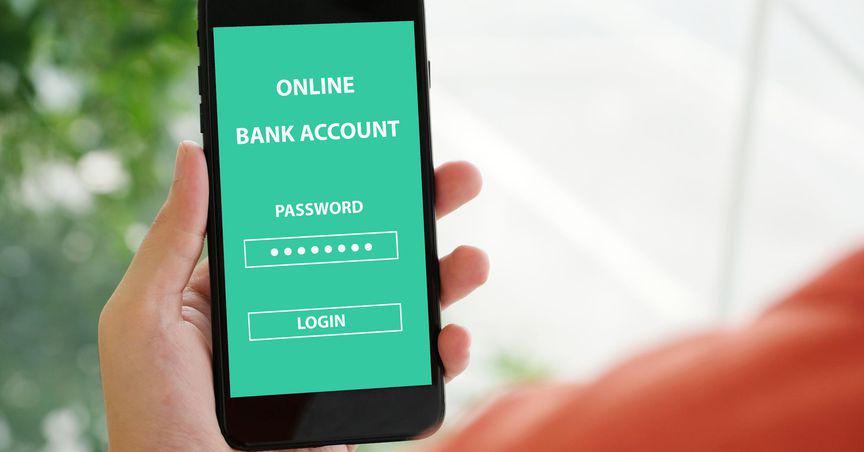By paving the path for quicker and more comfortable transactions, digital banking has completely transformed the financial industry. This is a direct effect of the pandemic and the decline in in-person contact points, but hackers interpret this change as an opportunity to target holes in online banking channels, resulting in a surge in new fraud assaults.
Financial Institutions have made the swift decision to update their anti-fraud systems and bolster the security of their digital channels in order to safeguard both themselves and their clients. Banks will be able to see risks more clearly and assess risk in real time to stop fraud as quickly as possible by moving away from legacy technologies, or old or out-of-date software applications that are still in use, and instead leveraging modern artificial intelligence and machine learning in a unified way across their mobile and online channels.
But is online banking really secure enough?
Financial institutions are responsible for large-scale data breaches, but criminals often go after individual users in smaller-scale attacks, even though individual users will protect themselves using a VPN Australia. For example, scammers often use so-called "phishing scams". The scam sends emails and text messages impersonating a financial institution to lure gullible customers.
Any online activity carries a certain level of risk, and online banking is no exception. In response, banks have implemented state-of-the-art technology to stop cyberattacks, but it is the role of the account holder to make sure their accounts are protected. Here are some recommendations to secure your transactions and movements in online banking.
1. Change your password regularly
To protect their accounts, users should change their passwords every two months, making sure it is reliable with an unusual combination that includes uppercase and lowercase letters, special characters, and numbers, since words are too easy to guess, especially if they are related to personality, year of birth, marital status, address, or the name of your pet.
Many services even allow you to double account security with two-factor authentication. This means that the user can enter a password and PIN number or have to type in a code that is sent by text message.
2. Do not use public computers or Wi-Fi for online banking
A user must always expect that their password and browsing history are accessible when using a public Wi-Fi network. So you're putting yourself in danger if you do anything that requires signup, such as digital banking or email viewing. Even if your email or other password-protected websites are set to automatically enter your password and log in, this still holds true. However, you can use a VPN to protect yourself from cyberattacks if you must connect to a public Wi-Fi network.
3. Update Software
Having firewall protection and anti-virus software updated on your computer will assist stop the installation of harmful apps (known as malware or Trojans). These programs are made to gather data and use it again for possible illegal activities.
4. Avoid logging in to your bank account via email
For safe and secure transactions, prefer to type in the bank's URL instead of getting redirected via a promotional email or a third-party website. One must remember that a bank will never ask for login credentials. So, if there is a fraudulent email that seeks to redirect you to the bank's website and asks you to enter personal data on the landing page after clicking on it, there is a great risk that the objective is to steal login credentials.
5. Check your account regularly
These days, there is a tab to check "last login" or "login history" on websites of most of the banks. Therefore, if the user notices irregularities, it is advisable to change the password and contact the bank immediately.


